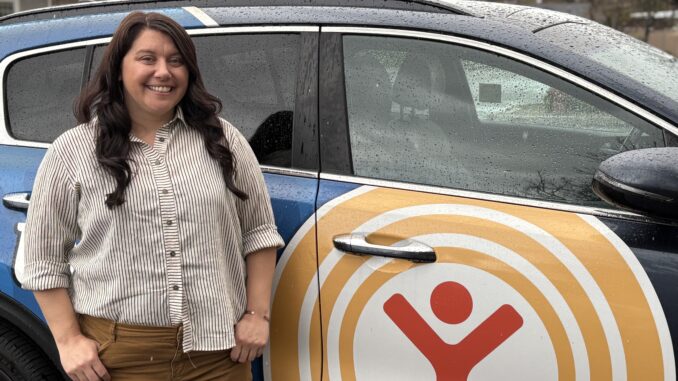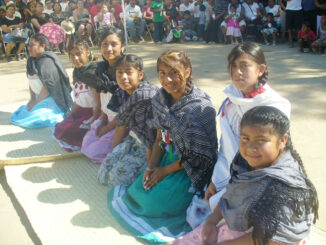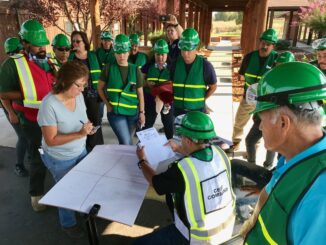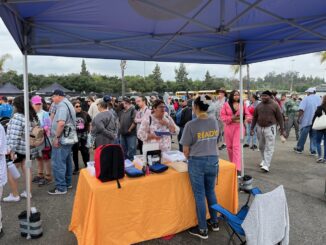
United Way of Northern California builds resilience in California’s most fire-prone regions
by Andy Furillo
Don’t Wait, Evacuate”—in the far north of California, widespread and deadly wildfires have tragically fused with everyday life. Eight times since 2018, major wildfires in the region have burned more than 3.3 million acres and killed 111 people. Preparedness has become a way of life for the United Way of Northern California, which serves nine of the state’s counties hardest hit by wildfires.
“I grew up here in far northern California, and it wasn’t something that we talked about until we experienced it,” says United Way of Northern California Chief Executive Officer Kalie Brisbon. “Now, everybody has experienced it.”
To make sure that people are prepared, the California Governor’s Office of Emergency Services (Cal OES) created the Ready Reps and Listos California Programs to reach out to traditionally hard-to-reach populations, with on-the-ground community outreach.
“We kind of grew up with this mentality that someone would come and save us. What’s true is we need to save ourselves and our neighborhoods and look out for our communities.”
Kalie Brisbon, Chief Executive Officer, United Way of Northern California
Whether difficulties accessing life saving info stem from language, cultural, disability, poverty, mobility or other issues—or even if some of the folks in the wilds of the Sierra and Cascades are just wary of outsiders—these programs are making a difference.
“We look at the frontier and the very rural communities, communities that have one way in and one way out, that are very mountainous,” Brisbon says. “We need to ensure that we get our educators in those communities to spread the message of preparedness and to prepare for public-safety power shutoffs. Indigenous people, people of color, people on the rural frontier have different mindsets, and we work to meet them where they are at.”
In Brisbon, the folks in the rural north are dealing with a person who has been affected by fire first-hand. She was an evacuee of the 2018 Carr Fire in Shasta and Trinity counties that killed eight people and destroyed more than 1,600 structures. That’s when she first came to know the United Way of Northern California.
“It was a serendipitous way for me to meet the agency, to see how compassionate and kind they were,” Brisbon says.
Brisbon liked them so much she went to work for them—first as program manager for the United Way’s 2-1-1 NorCal, then as Chief Operating Officer. She was promoted to CEO in March.
Recovery from fire devastation has become tougher as blazes burn longer, hotter and more frequently, while the state’s resources to respond to putting out blazes and helping with recovery become more and more stretched.
The alternative for people in the United Way of Northern California’s service zone is to do everything they can to protect their homes and property, and to be ready to fly when the sparks do.
“We have to prepare ourselves to be as efficient as possible because we don’t know what can be provided,” Brisbon says. “We kind of grew up with this mentality that someone would come and save us. What’s true is we need to save ourselves and our neighborhoods and look out for our communities. The state will do the best it can, but we need to know that when disasters are going on all over the state, their resources are limited.”
For more information about the United Way of Northern California, go to www.norcalunitedway.org.
Plan Ahead for Wildfires
- Decide on a meeting location if you have to evacuate and designate a contact person outside of the immediate area in case of separation or downed phone networks
- Know your evacuation zones and practice multiple escape routes
- Make arrangement for pets and larger animals like livestock
- Identify neighbors to take with you
For more information on how to prepare for and stay safe during wildfire events and other emergencies, visit www.listoscalifornia.org.




